⚔︎ Worldbuilding Wednesday ⚔︎ Before the Morality Police: Dark Time & the Pre-Code Era
- Sarah Nelson

- Aug 13
- 6 min read

Welcome to Worldbuilding Wednesday!
I am creating a dark fantasy comic book called Dark Time, and this is the first post in a new blog series where I discuss the inspirations, history, and ideas that affect the story and world-building of my comic.
Before we dive in, here’s a quick look at what Dark Time is about:
One day. One body. One chance to stop the end of everything.
Ari is a fugitive soul, hunted across centuries by relentless demons. Her only escape: slip into the lives of the doomed and live their final hours.
But when she’s trapped in the body of a murdered cabaret singer in roaring-twenties Chicago, the night refuses to end.
Each loop drags her deeper into a world of gangsters, angels, and a collapsing reality, where every ally has secrets and every choice has a cost.
To break free, Arielle must solve a murder that refuses to stay solved—and decide what she’s willing to destroy to win her freedom… even if it means losing herself forever.
Every story I write starts with a question. For Dark Time, it’s this:
When the world runs on power, not virtue… who’s the real monster?
To explore that question, I drew inspiration from one of my favorite eras in movie history: the years before Hollywood was censored with a morality code.
This was the pre-code era, when the arrival of sound collided with the Great Depression to create a new scandalous wave of cinema. These films didn’t just entertain, they challenged, provoked, and blurred the lines between hero and villain.
It’s a space Dark Time also exists in: the messy, morally gray middle ground where no one is fully “good” or “evil,” and the wrong choice might be the only survivable one.
What Was the Pre-Code Era?
American films made between the late 1920s and 1934 are considered “pre-code,” created before the Hays Code was enforced. This self-regulatory set of moral guidelines was adopted to avoid government censorship.
The Great Depression’s desperation fueled a wave of bold, sensational films with gangsters, gold-digging heroines, and scandal-driven romances that mirrored the harsh realities audiences faced. Nothing was truly off the table: sex, homosexuality, interracial relationships, infidelity, abortion, prostitution, divorce, violence, and crime all found their way to the screen.
These depictions birthed the anti-hero: flawed, sometimes villainous characters audiences couldn’t help but root for. The films were grittier and far more socially aware than what the coming Hays Code would allow.
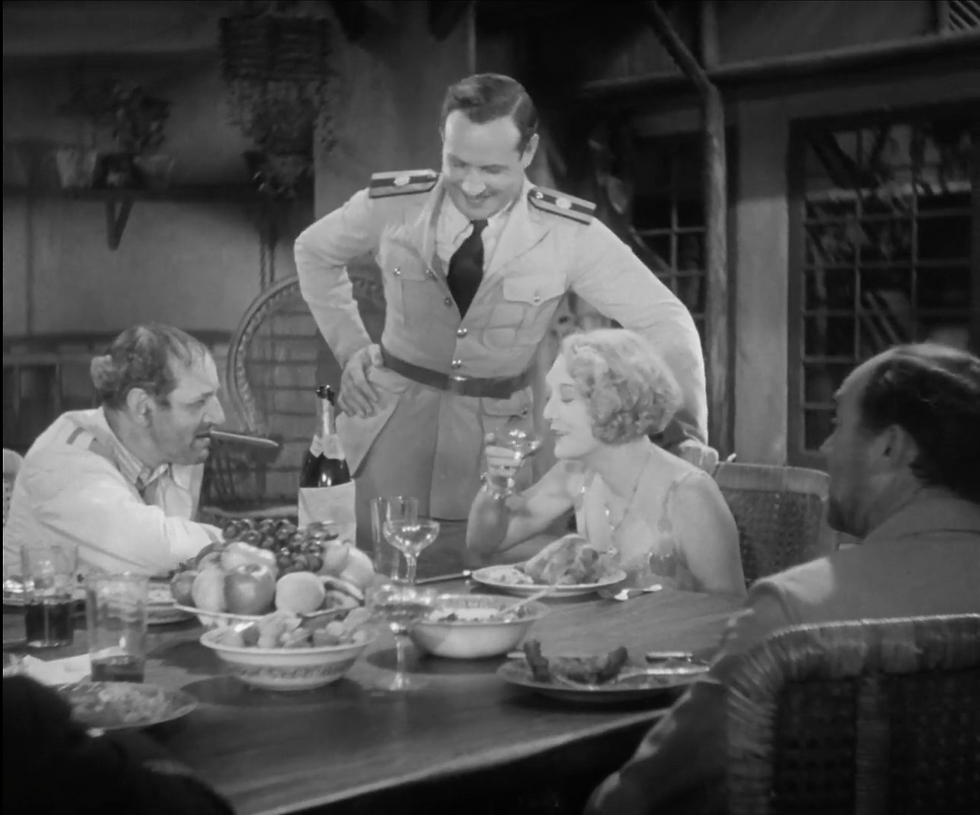
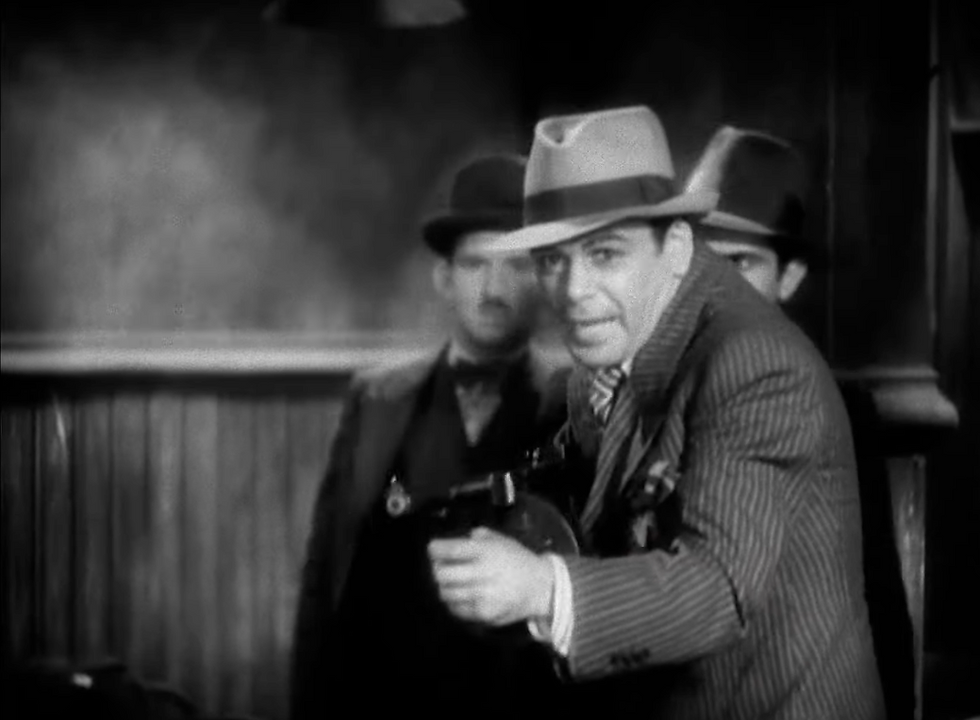
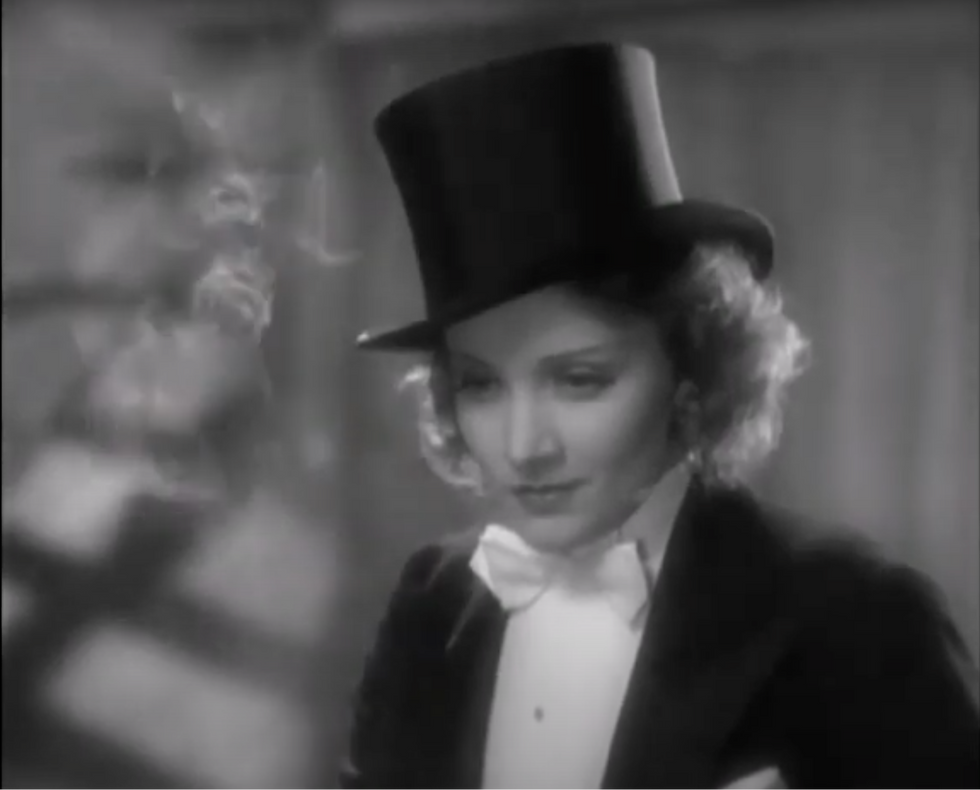
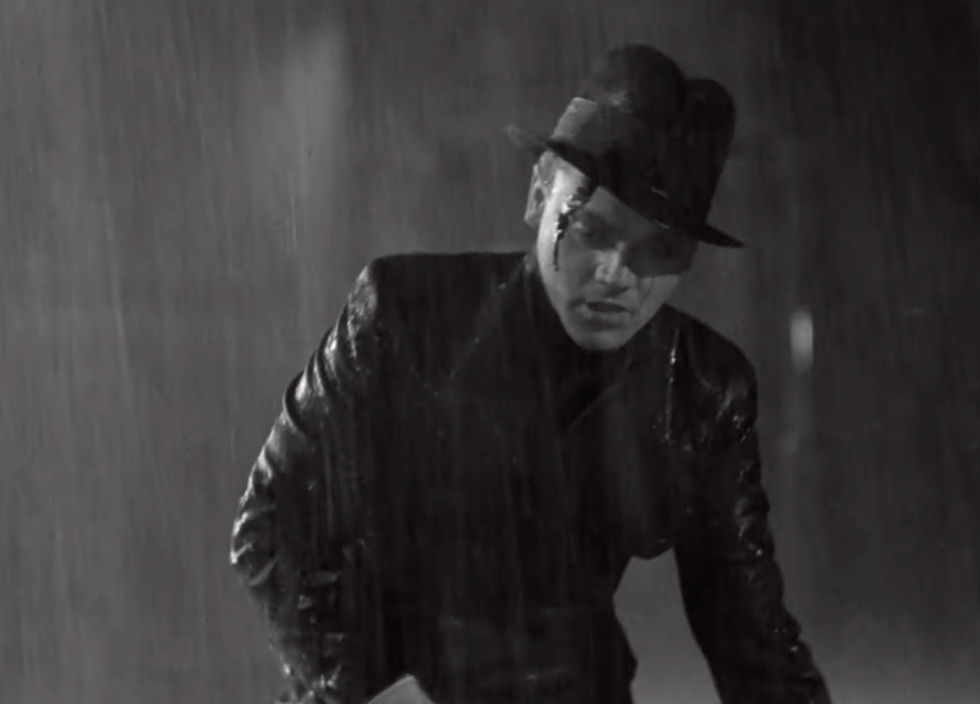

Women Before the Code
Pre-Code Hollywood also gave us a depiction of a new woman on screen who would be all but erased once the Code took over. These women rejected societal expectations, pursued careers, got divorced, chose not to marry or have children, and embraced their sexuality (including same-sex flirtations).
They were complex, often morally ambiguous, and sometimes outright anti-heroes using their intelligence, sexuality, or cunning to navigate a world stacked against them.
The era also saw an influx of female screenwriters delivering razor-sharp dialogue layered with innuendo.
Frances Marion – One of the most prolific screenwriters of the 20th century, she wrote over 325 scripts and was the first to win two Academy Awards for Best Original Screenplay.
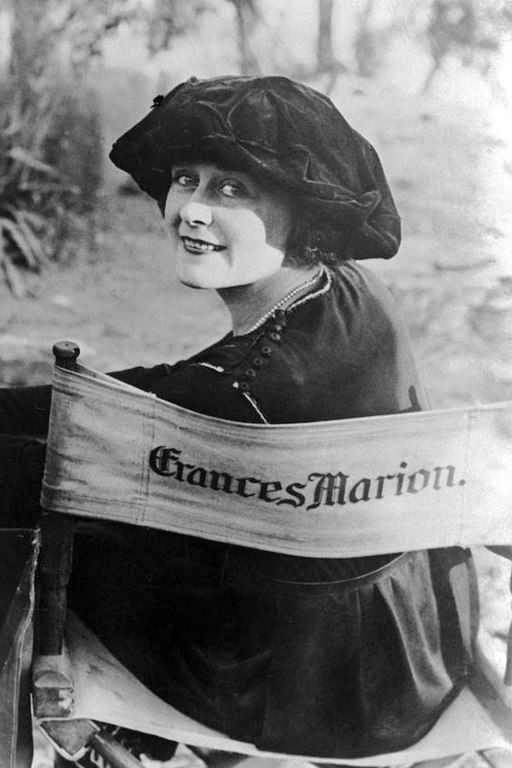
HAP1969,CC BY-SA 4.0, via Wikimedia Commons
Kathryn Scola – A key voice behind Baby Face (1933), which pushed boundaries with its portrayal of a woman using Nietzschean philosophy to rise through a corrupt corporate world.
I searched for a photo of Kathryn and was shocked to realize that none exist. How can there not be a single photo of this woman?
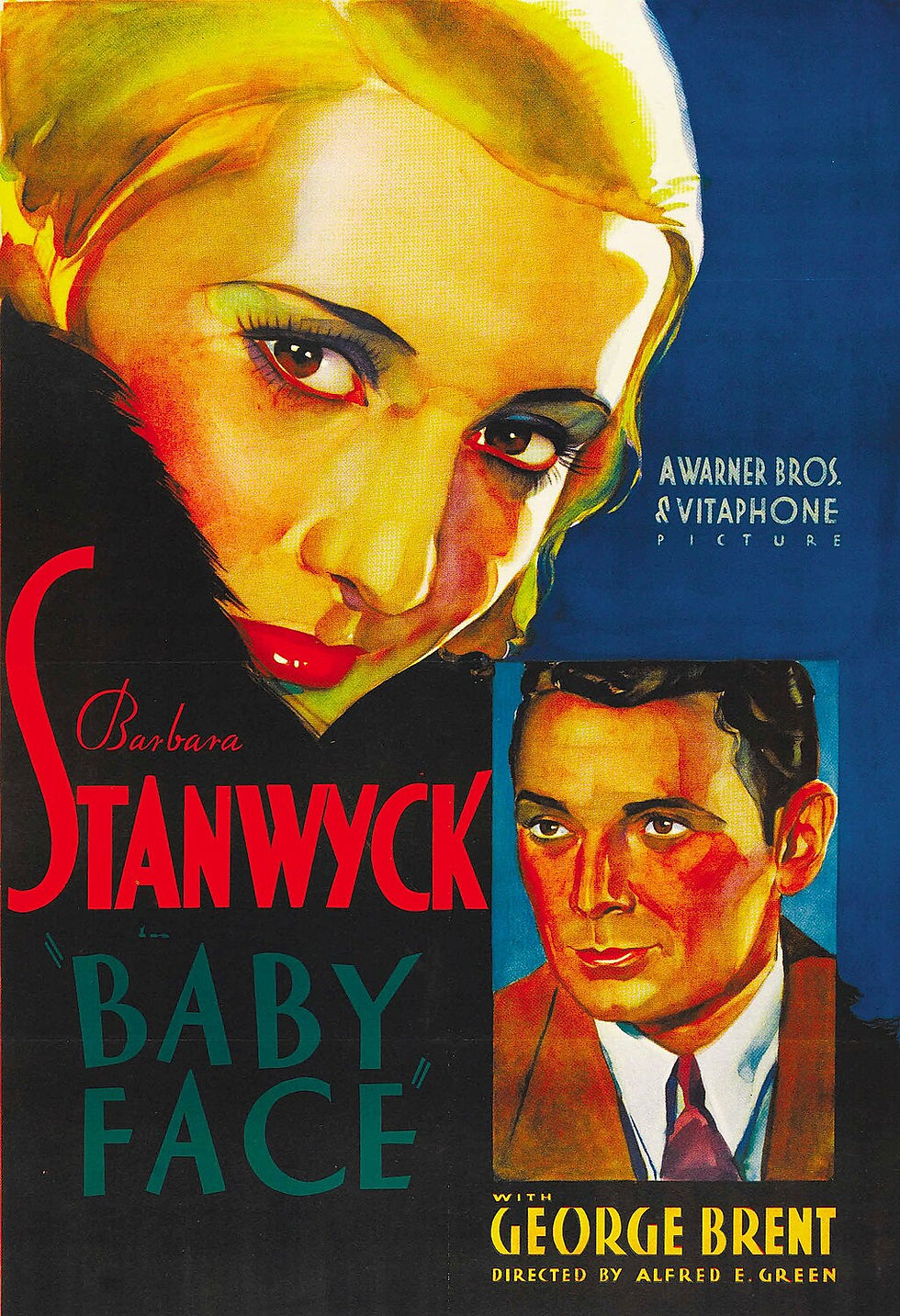
Anita Loos – The first female staff screenwriter in Hollywood, hired in 1912 by D.W. Griffith.
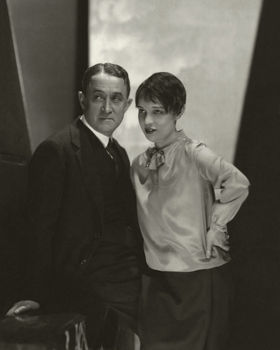
June Mathis – The first female executive for Metro/MGM, and at one point, considered the third most influential woman in Hollywood.
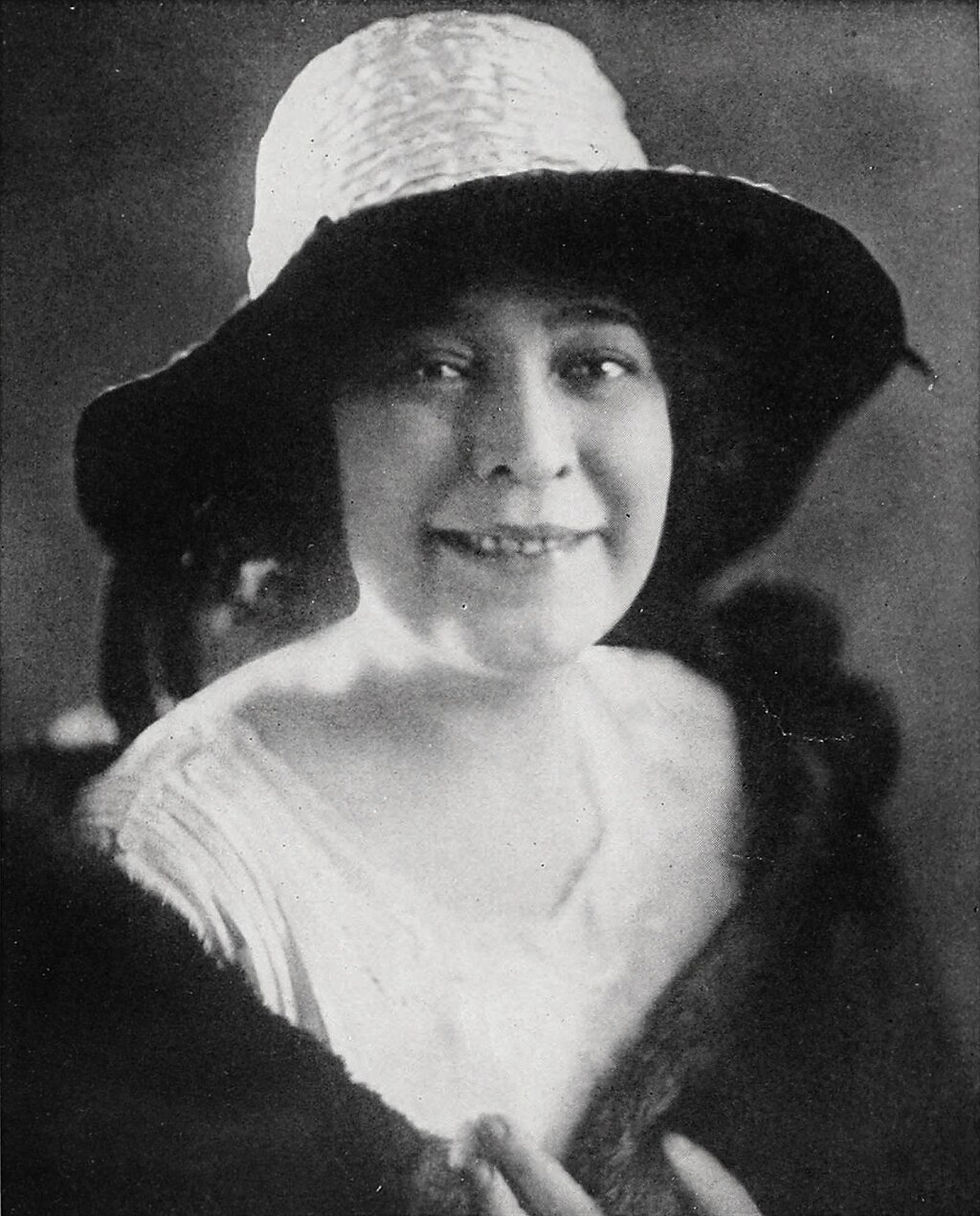
Why the Code Cracked Down
By the early 1930s, high-profile Hollywood scandals and a growing wave of state censorship laws threatened the industry. Studios feared chaos from hundreds of inconsistent regulations, so they opted for self-regulation.
Enter the Hays Code, officially written in 1930 but enforced in 1934, which was helped along by the Catholic Church’s “Legion of Decency," a group that rated films and organized massive boycotts to enforce moral standards.
The Code, in short, can be summed up as:
No sympathetic criminals.
No sexual deviance or interracial romance.
No disrespect for religion or authority.
No depictions of taboo topics like prostitution, abortion, or suicide.
In short, all stories had to clearly affirm “good” and punish “evil.” Nuance was out.
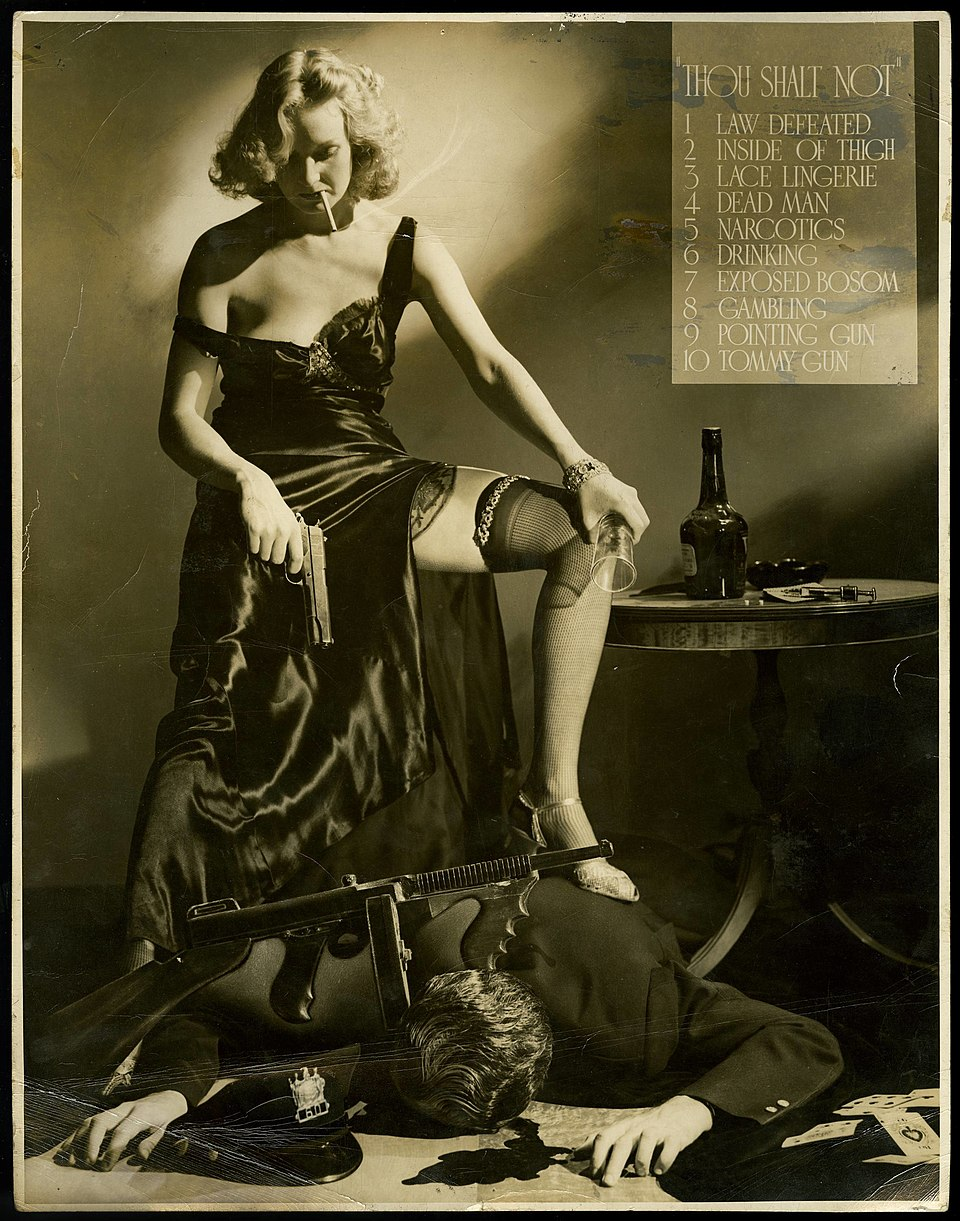
Pre-Code Spirit in Dark Time
Rejecting Binary Thought: Black and White Thinking
Pre‑code Hollywood not only helped me understand the tone and cultural climate of the 1920s and early 1930s, but it also shaped one of the core themes of Dark Time: that morality is rarely black and white.
Like pre‑Code cinema, Dark Time contains nearly every violation of the Hays Code, from lawlessness and violence to prostitution and power struggles, but not for shock value. Instead, these elements fuel a bigger conversation about moral ambiguity.
The story asks uncomfortable questions, giving a voice to characters who do not fit neatly into moral categories. Although the world is framed by the idea of good and evil, the real question posed is: Who is the monster?
At its heart, Dark Time is about survival in a system that doesn’t reward virtue. The story exists in a world defined by competing powers, not moral clarity, and it asks the reader to sit in the discomfort of that.
Forgotten Women, Fictional and Real
In Dark Time, Ari doesn’t just battle supernatural forces; she confronts the earthly, patriarchal ones too. Women helped build early Hollywood, writing, directing, and producing, only to be pushed aside as the industry gained power. The same is true throughout history: women who invented, led, and changed the world often vanish from the record, or worse, had their work stolen.
Ari's journey is emeshed with feminine rage, a force born from powerlessness and the fight to reclaim agency. The story is immersed in the world that pre-code films captured: Prohibition-era Chicago, where misogyny, trafficking, and gang wars were as dangerous as any demon.
It’s also an homage to the forgotten women of history, those who built industries, led movements, or created art, only to be erased when power consolidated.
The Question That Remains
Pre-code films were the wild west of cinema. Then the Hays Code made everything black and white...yet life is still inherently messy. Art should be able to reflect that without fear of censorship.
In 1952, the Supreme Court ruled that movies were protected under the First Amendment, and the Hays Code started to lose its chokehold on the industry. By 1968, the movie rating system we are familiar with today became the norm.
Today, we still swing between periods of expression then suppression. The pendulum will forever swing, and when more freedom is given to expression, a backlash will inevitably occur. Change is scary, right?
If you’ve never seen a pre-code film, I hope this inspires you to check one out. You might recognize the same spirit that runs through Dark Time when it launches soon.
Sign up to get a launch alert and be the first to experience the story.
Thanks for joining me with my first Worldbuilding Wednesday post. Stick around for more.
Follow me on my journey to creating my dark fantasy comic book / graphic novel, Dark Time.
🥀 Youtube



Comments